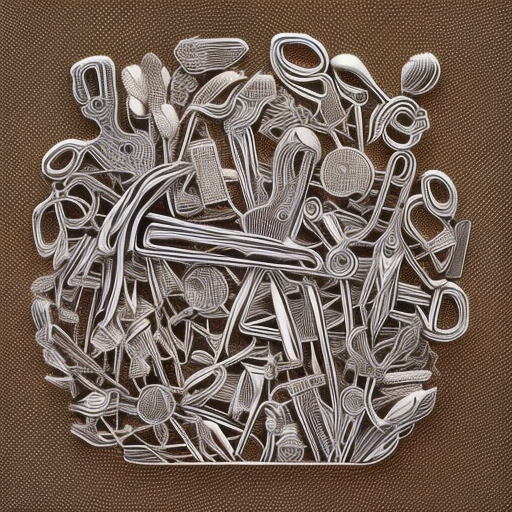Summary: Artisan crafts refer to handmade products that are created by skilled artisans using traditional techniques and tools. These crafts are often characterized by their uniqueness, high quality, and attention to detail. Artisan crafts encompass a wide range of disciplines, including pottery, woodworking, metalworking, weaving, and jewelry making, among others. These crafts not only preserve cultural heritage but also provide economic opportunities for artisans and contribute to sustainable development.
Introduction
Artisan crafts have a rich history that dates back centuries. These crafts are deeply rooted in cultural traditions and have been passed down through generations. Today, artisan crafts continue to thrive, with artisans around the world creating beautiful and unique products that are highly valued by collectors and consumers.
Types of Artisan Crafts
Artisan crafts encompass a diverse range of disciplines. Some of the most common types of artisan crafts include:
- Pottery: Pottery involves the shaping and firing of clay to create functional and decorative objects such as bowls, vases, and sculptures. Different regions have their own distinct styles and techniques, such as Japanese raku pottery or Mexican Talavera ceramics.
- Woodworking: Woodworking involves the carving, shaping, and joining of wood to create furniture, sculptures, and other objects. Skilled woodworkers use traditional hand tools and techniques to create intricate and detailed pieces.
- Metalworking: Metalworking encompasses various techniques, including blacksmithing, jewelry making, and metal sculpture. Artisans work with metals such as gold, silver, copper, and iron to create intricate and durable pieces.
- Weaving: Weaving involves the interlacing of threads to create textiles, rugs, and baskets. Different regions have their own weaving traditions, such as the intricate tapestries of the Navajo people or the colorful textiles of the Andean communities.
- Jewelry Making: Jewelry making involves the crafting of wearable adornments using precious metals, gemstones, and other materials. Artisans create unique and personalized pieces, often incorporating cultural symbols and motifs.
Importance of Artisan Crafts
Artisan crafts play a crucial role in preserving cultural heritage. They are a tangible representation of a community’s traditions, values, and identity. By practicing and passing down traditional techniques, artisans ensure that these skills are not lost to time. Artisan crafts also contribute to the cultural diversity and richness of a society.
Moreover, artisan crafts provide economic opportunities for artisans, especially in rural and marginalized communities. By selling their handmade products, artisans can support themselves and their families, improving their livelihoods and overall well-being. Artisan crafts also contribute to sustainable development by promoting local economies, preserving traditional knowledge, and fostering community empowerment.
Challenges and Opportunities
While artisan crafts have many benefits, they also face challenges in the modern world. Mass production and globalization have led to the decline of traditional crafts, as cheaper and more easily accessible products flood the market. Additionally, artisans often struggle to compete with mass-produced goods in terms of price and efficiency.
However, there are also opportunities for the revitalization and growth of artisan crafts. The demand for unique and handmade products is increasing, as consumers seek alternatives to mass-produced items. Artisan crafts are also gaining recognition as valuable cultural expressions and sustainable alternatives to fast fashion and disposable products.
Conclusion
Artisan crafts are a testament to human creativity, skill, and cultural heritage. They represent a connection to the past while also providing opportunities for the future. By supporting and appreciating artisan crafts, we can contribute to the preservation of cultural traditions, the empowerment of artisans, and the promotion of sustainable development.












